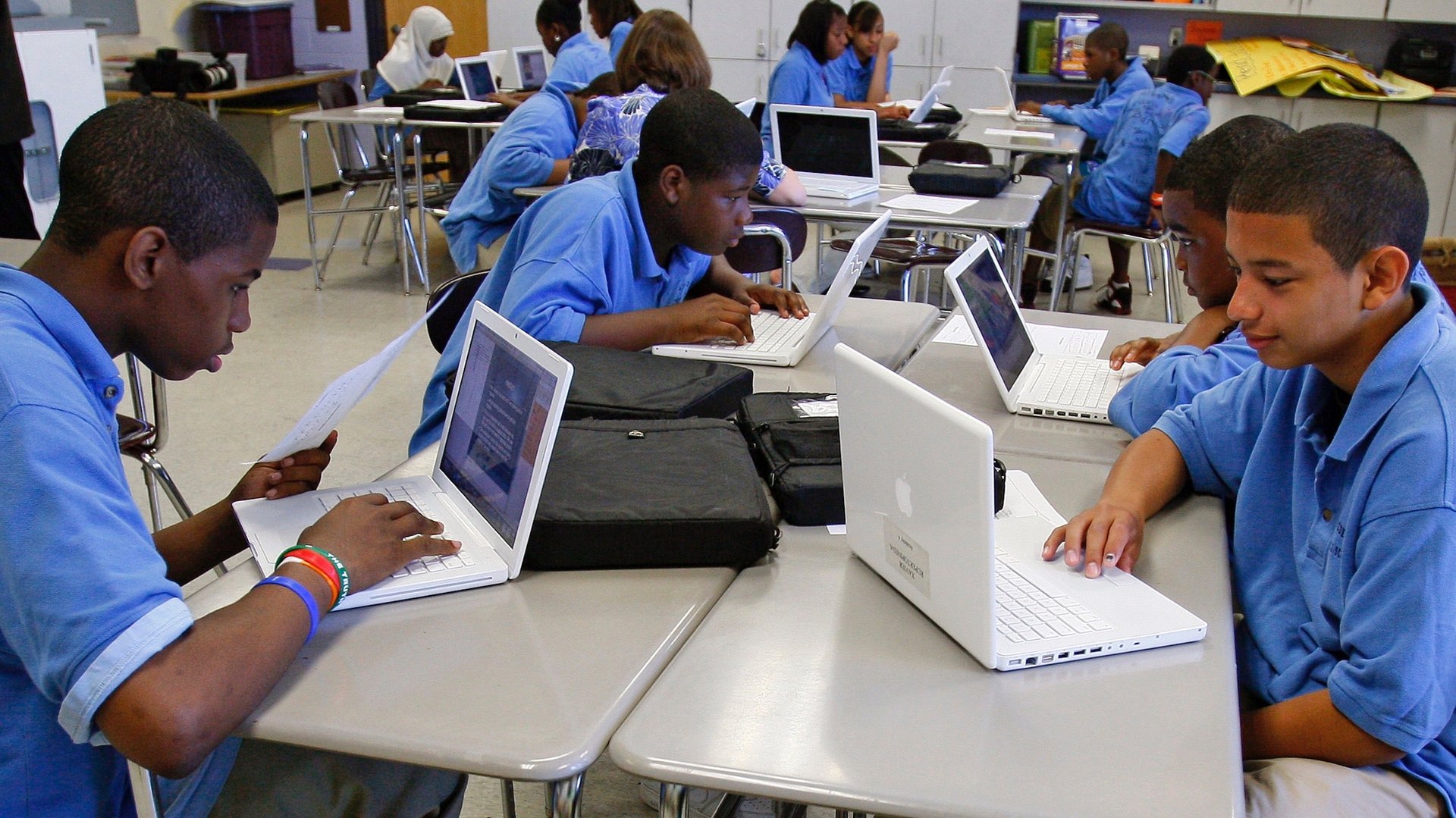Stanford researchers say young Americans have no idea what’s news
Adolescents may be authorities on social media, but they’re not so good at identifying advertising: According to a Stanford University study, 82% of middle-schoolers failed to differentiate between news stories and “sponsored content.”


Adolescents may be authorities on social media, but they’re not so good at identifying advertising: According to a Stanford University study, 82% of middle-schoolers failed to differentiate between news stories and “sponsored content.”
The study—an assessment of 7,804 middle-school, high-school, and college students—had teens evaluate the reliability of news shared on Twitter, identify whether a photo posted on social media was trustworthy, and compare comments on a news story to evaluate its strength. Some of the material included was biased, some misleading, and some just fancily packaged advertising.
According to the study, more than two-thirds of middle-school students failed to flag as biased a post written by a bank executive and arguing for young adults to pursue more financial-planning help. Likewise, some 40% of high-school students believed a photo and headline that suggested deformed daisies were evidence of toxic conditions near Japan’s Fukushima Daiichi nuclear plant. The photo included no source or location tag.
Researchers found that what tripped students up most were posts with big, flashy elements, which tend to command more attention than the story’s actual source. Teens also ”judged the credibility of newsy tweets based on how much detail they contained or whether a large photo was attached, rather than on the source,” the Wall Street Journal reported (paywall).
Readers’ ability to discern between real news and fake, or real news and advertising, is more important than ever. Both Facebook and Google have been criticized for the role hoaxes might have played in the outcome of the US election; each has vowed to refuse advertising from fake-news sites. But satirical websites, hyper-partisan posts, and deceptive advertising can still slip through.
Some educators are trying to address this head-on. Stanford’s “Reading Like A Historian” curriculum—a collection of critical-reading lesson plans available to educators—teaches children how to evaluate primary documents and other historical sources. It has been downloaded more than 3.5 million times. At Merrimack College in Massachusetts, associate professor of communication and media Melissa Zimdars created a public list of false, misleading, and satirical news sources. It includes blatantly incorrect URLs like”abcnews.com.co” and “drudgereport.com.co,” but also sites whose stories are simply of dubious origin and sourcing.
Technology may be able to stem some of our worst online impulses: partisanship (paywall), myopia, and opting for the quick, digestible version of “truth.” But learning from a young age how to fight those tendencies ourselves is the best possible defense.